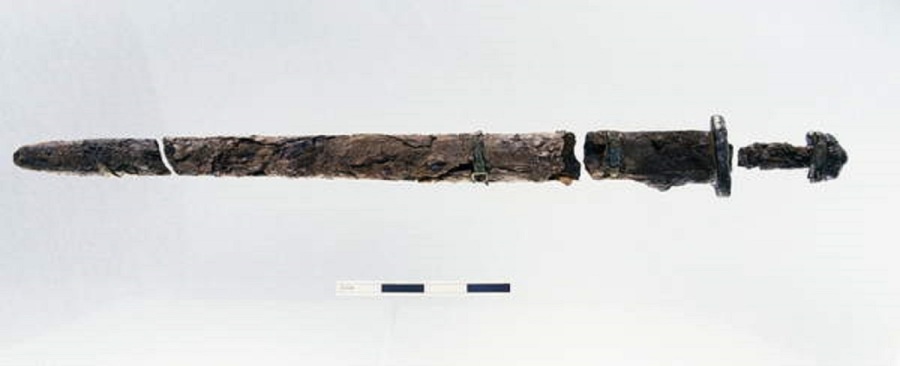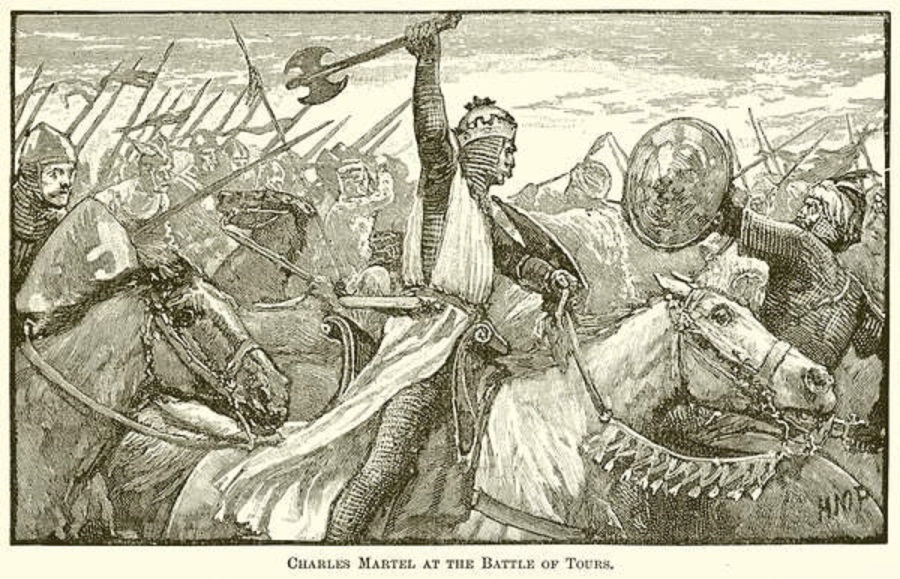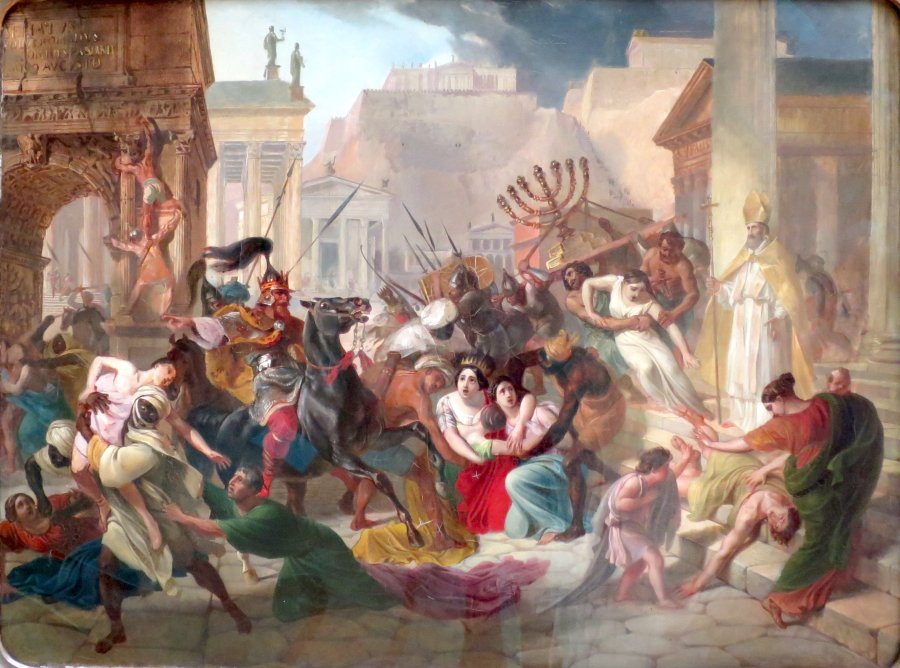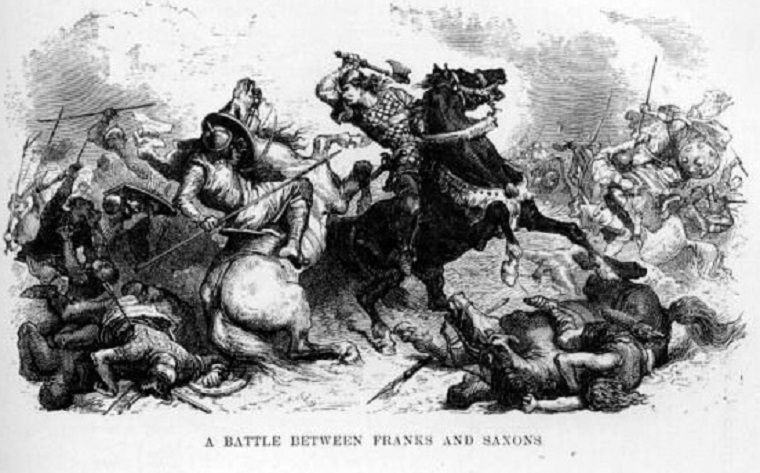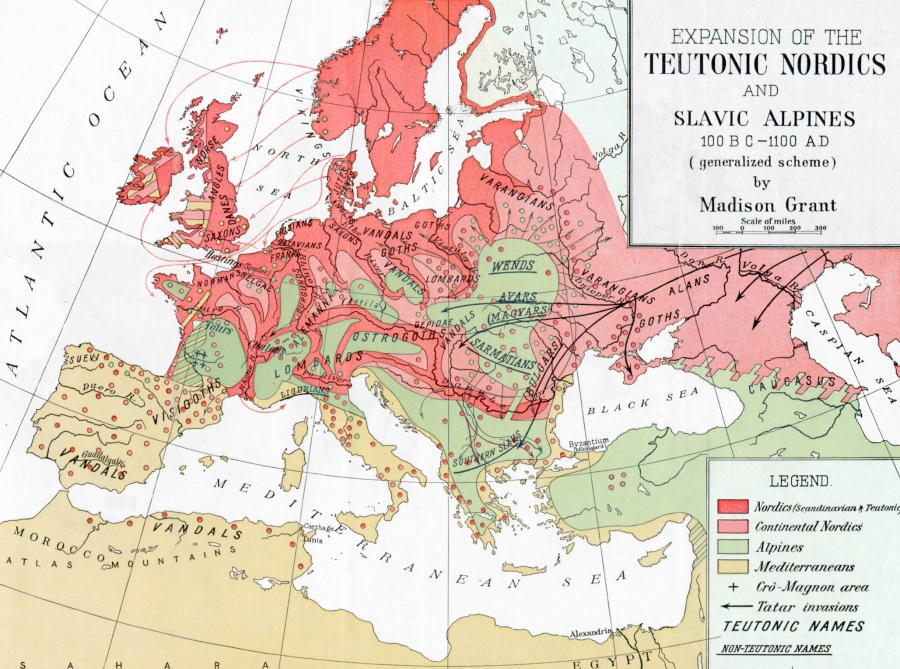It is important to remember, however, that Norse warriors did not represent a professional class of society. They were farmers - or most of them were -, and although a wealthy man could indeed provide for a small group of well-armed men, the majority of them were equipped with whatever private weapon they might have …
Continue reading Norse Technology and Warfare (in a nutshell) – part 2


